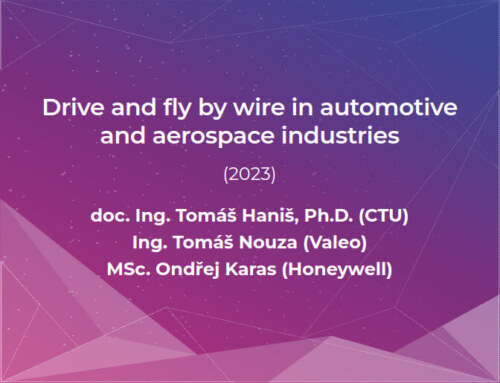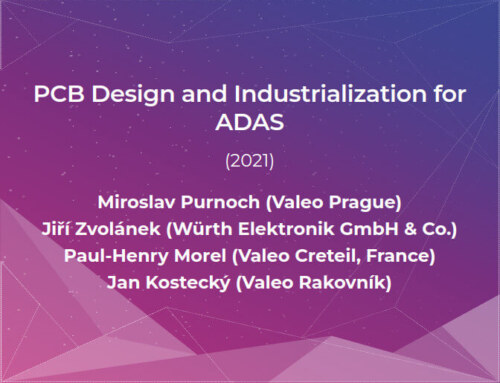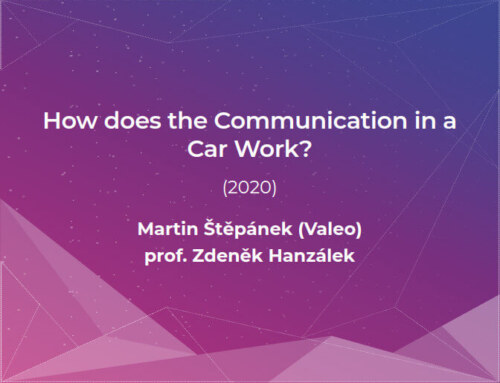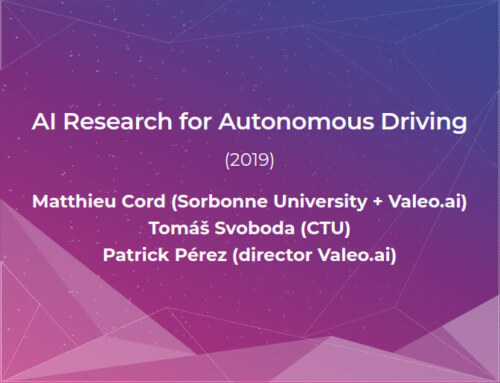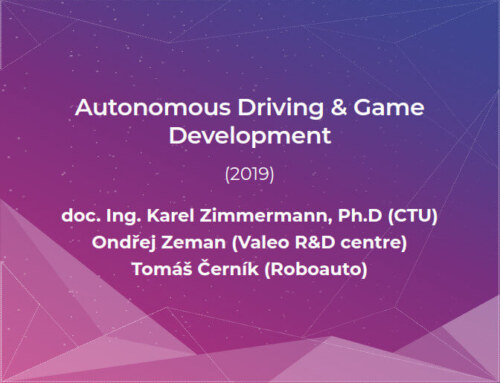At another of the Valeo Technical Evenings, we walked about testing of the autonomous systems. Whether it means public transportation or passenger cars, it is necessary to prepare them for the future and, when the time comes, only reliable transport solutions will be put into operation.
The first speaker was Jan Zahradník and he talked about autonomous and highly automated cars that represent a big part of the next automotive revolution. In order to secure their safety and the effectiveness of their functionalities, these cars go through a very thorough validation regime. The regime involves collecting big amounts of data on the roads and test tracks, processing the data and extracting system performance KPIs, all the way up to system homologation and certification for certain levels of automation.
In addition, virtual validation is becoming instrumental in order to train the algos and cover corner cases that cannot be safely achieved by real world testing. The combination of virtual/real world validation can cover a full range of system functionality and safety requirements including FuSa and SOTIF. The robustness of the tool chain and model correlation with real world data is key for guaranteeing the performance and reliability of the system. Defining, selecting and processing the right data becomes a big challenge with the increasing complexity of the systems and the tighter regulatory requirements.
The topic of the day was narrowed down to “How to Define A Validation Methodology and Tool Chain for Level 3 and Beyond Systems”
The foundations of the System Validation Platform at Valeo were: Automation, Standardization, Virtual Validation, Big Data Management, Tool Chain Validation and Advanced System Validation.
Next guest was Michal Pochmon, technical director and head of implementation at Škoda Digital, who talked about the future of trams and their autonomy. He started with the recapitulation of the actual state of anticollision system in Skoda Group. We deeply analyzed the vision for the future development of the autonomous trams. The anticollision system for trams is one of the leading funcionality that is fundamental in the time of increasing density of the traffic in the bigger cities. We talked about phases and ways of testing. We did not miss the simulator and future validation possibilities.
Our meet up was concluded by Tomáš Svoboda from CTU. He addressed the problem of weakly supervised learning. Complete data annotation needed for machine learning algorithms, think about labeling each pixel in images; cannot keep pace with the testing and validation demands. Instead of complete data annotation, one could leverage some external weakly related source. This talk focused on exploiting recorded vehicle trajectories. He showed how to incorporate kinematic constraints to supervise a learnable terrain predictor. In the second part, he discussed with us the ideas for incorporating a dynamic model.

